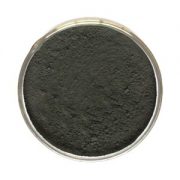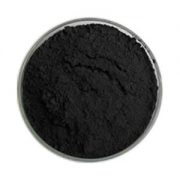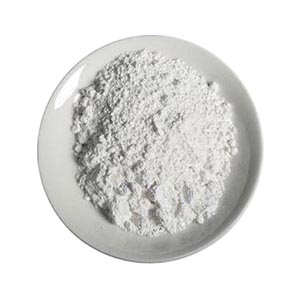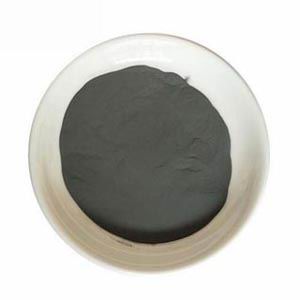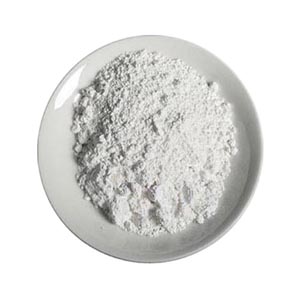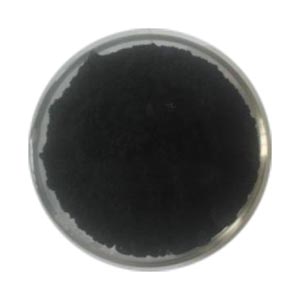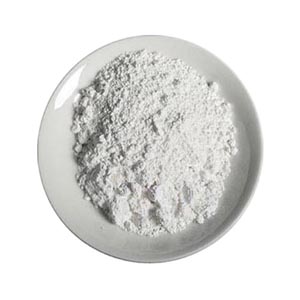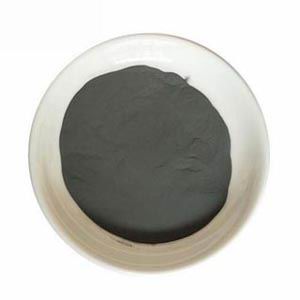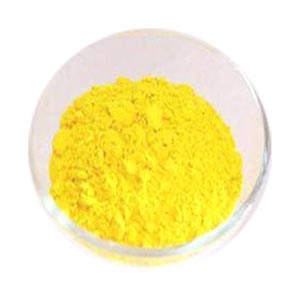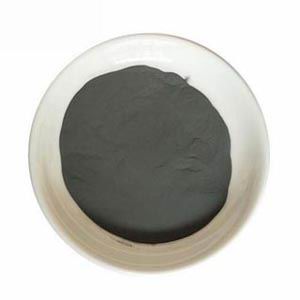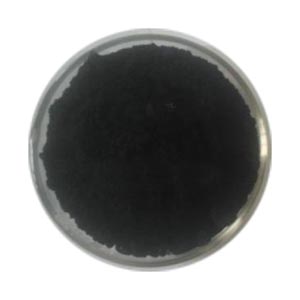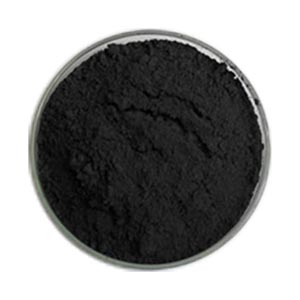
Molybdenum disulfide
English name molybdenum Disulfide, the main component of molybdenite. Black solid powder with metallic luster.
Grade: micron/submicron/nanometer
Crystal form: flake, subspherical
Purity:99.9%
Density: 4.81 g/cm3
Specific surface area: 24.75 m2/g
Melting point: 1185 ℃
Mohs hardness 1.0~1.5
- 描述
- Inquiry
CAS number: 1317-33-5; 56-1309-4
EINECS number: 215-263-9; 215-172-4
Molecular formula: MoS2
Molecular weight: 160.07
The product application
Molybdenum disulfide is an important solid lubricant, especially suitable for high temperature and pressure. It also has diamagnetism, which can be used as a linear photoconductor and as a semiconductor to display P – or N-type conductivity, with rectifier and energy exchange functions. Molybdenum disulfide can also be used as a catalyst for dehydrogenation of complex hydrocarbons.
It is also known as the king of advanced solid lubricants. Molybdenum disulfide is a solid powder made from natural molybdenum concentrate after chemical purification by changing its molecular structure. This product is black with silver gray, metallic luster, smooth to touch, insoluble in water. The product has good dispersibility, the advantage of not sticking, can be added in all kinds of grease, form not sticking colloidal state, can increase grease lubricity and extreme pressure. Also suitable for high temperature, high pressure, high speed and high load of the mechanical working state, extend the life of the equipment.
The main function of molybdenum disulfide in friction material is to reduce friction at low temperature and increase friction at high temperature, with small burning loss and volatilization in friction material.
Anti-friction: The particle size of molybdenum disulfide processed by supersonic airflow crushing reaches 325-2500 mesh, the hardness of micro-particles is 1-1.5, and the friction coefficient is 0.05-0.1, so it can play a role of anti-friction in friction materials.
Rubbing: A copolymer of molybdenum disulfide, molybdenum disulfide and molybdenum trioxide, which is non-conductive. When the temperature of the friction material increases sharply due to friction, the molybdenum trioxide particles in the copolymer expand with the temperature rising and play a role in increasing friction.
Oxidation prevention: Molybdenum disulfide is obtained through chemical purification and comprehensive reaction, its PH value is 7-8, slightly alkaline. It covers the surface of the friction material, can protect other materials, prevent them from being oxidized, especially make other materials not easy to fall off, adhesive strength enhanced.
相关产品
-
Ammonium niobium oxalate
English alias: Ethanedioic acid ammonium niobium (5 +) salt , Ammonium niobate (v) oxalate hydrate
CAS no. : 168547-43-1
Molecular formula: C4H4NNbO9
Molecular weight: 302.98 g / mol
-
Tantalum diboride
Other name: tantalum boride (1:2)
CAS no. : 12007-35-1
EINECS no. : 234-234-5
Molecular formula: B2Ta.
Molecular weight: 202.572
-
Zirconium acetylacetonate
Other name: Zirconium-2,4-pentanedionate, Zirconium(IV)acetylacetonate; Tetrakis(acetylacetonato)zirconium(IV); 2,4-pentanedione,zrderiv.; acetyl-zirconiuacetonate; nasemuzirconium; orgatixzc150; pentane-2,4-dione-zirconium (4:1);
CAS no. : 17501-44-9
EINECS no. : 241-241-5
Molecular formula: C20H28 Zr O8
Molecular weight: 487.6555.
Melting point: 171-173℃
-
Nano vanadium dioxide VO2
Other name: Vanadium oxide; Dioxovanadium
Appearance: black powder
Grain size: 50nm, 100nm, 500nm
Purity: 99.9%, 98% ( tungsten mingle ) -
Vanadate zirconium
Molecular formula: ZrV2O7.
Molecular weight: 315.7.
CAS no. : 13981-20-9
Appearance: yellow powder
Used in functional ceramics, structural ceramics and other aspects as pigments.
Description: The use of temperature: 400-1080 ℃
The coefficient of linear expansion: – 10 x 10-6 ℃ – 1 -
Niobium metaphosphate
English name: Niobium metaphosphate
Chemical formula: Nb (PO3) 5
Molecular weight: 487.90
Properties: sodium biphosphate glass, white powder, insoluble in water, PH value: 3.8
-
Tantalum nitride
Performance characteristics: high purity, no impurity phase detected by XRD
Tantalum nitride (TaN) has superior physical, chemical and mechanical properties (such as high hardness, wear resistance, chemical inertness, thermal stability and low resistance temperature coefficient), and is widely used in wear-resistant coatings, film resistors and diffusion barriers in integrated circuits -
Bismuth vanadium tetraoxide
Other name:; Bismuth Vanadate Yellow; Bismuth vanadate; Bismuth Yellow; 184 Yellow ; vanadium(+5) cation; Bismuth vanadate: Bismuth orthovanadate
CAS no. : 14059-33-7
EINECS no. : 237-898-0
Molecular formula: BiO4V.
Molecular weight: 323.9195.
-
Tantalum silicide
CAS no. : 12039-79-1
EINECS no. : 234-902-2
Molecular formula: H6Si2Ta.
Molecular weight: 243.16654
-
Titanium carbonitride
English alias: TITANIUM CARBONITRIDE (7:3); TI (C/N) 30/70 a; TI (C/N) 30/70 b; TI (C/N) 30/70 C; TI (C/N) 50/50 a; TI (C/N) 50/50 b; TI (C/N) 50/50 C; Titanium carbon nitride; TiCN
CAS no. : 12654-86-3
Formula: TiCN
Molecular weight: 121.75
MDL: MFCD01868685
Density: 5.08 g/mL at 25 ℃ (lit.)
Melting point: > 350 ℃ (lit.)

